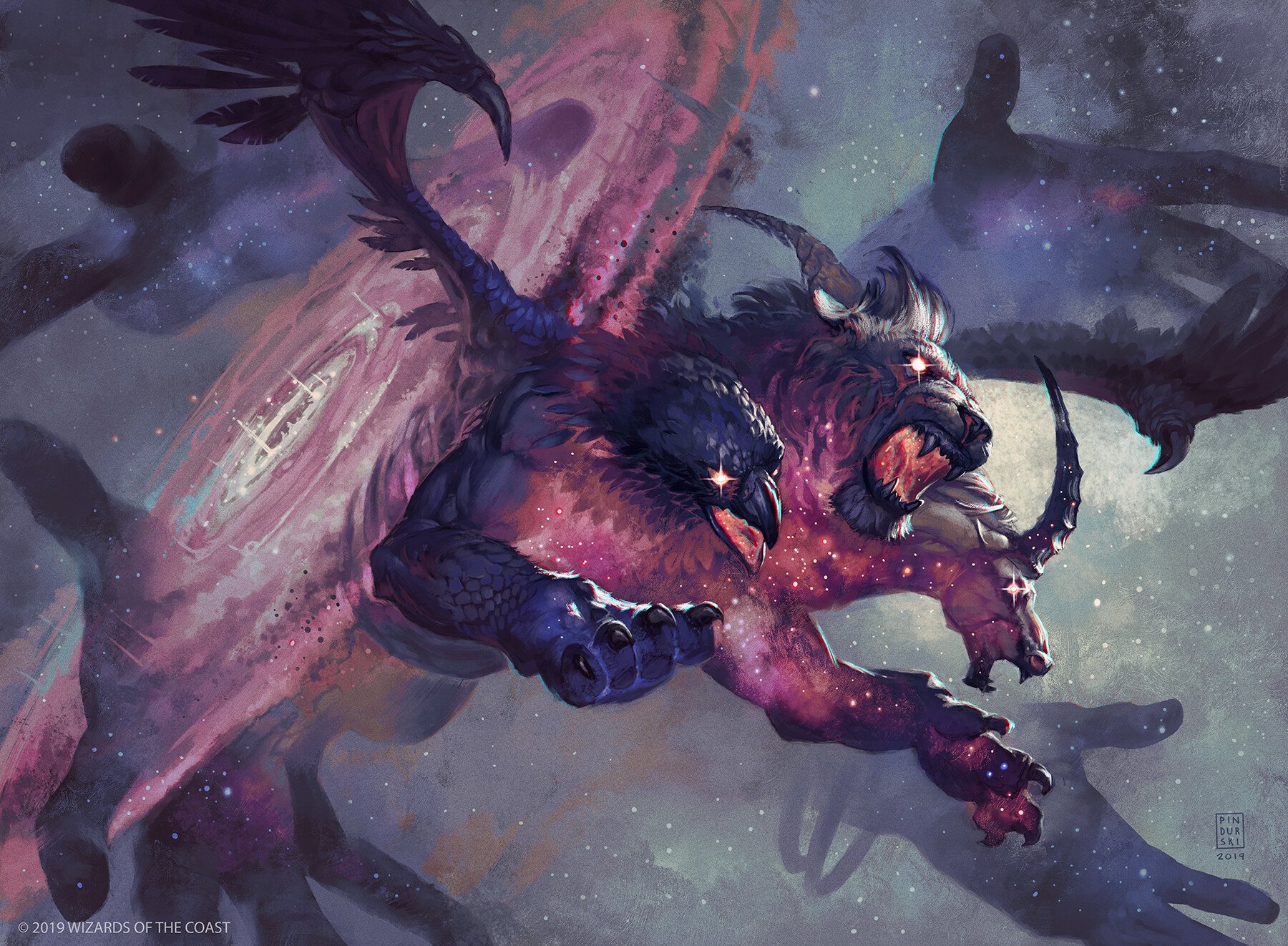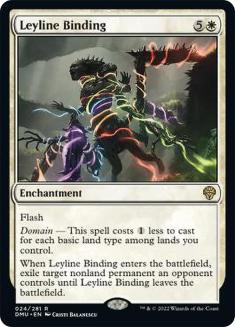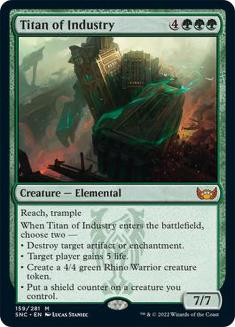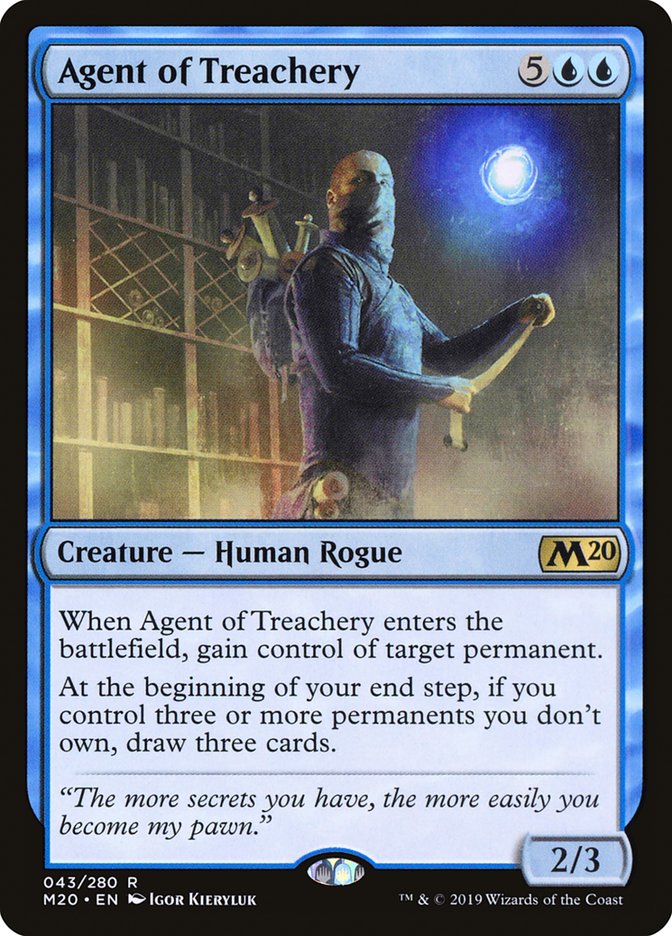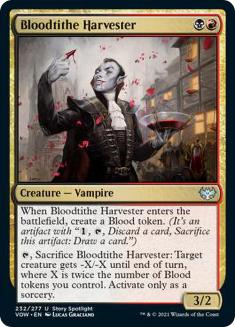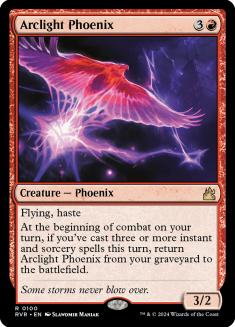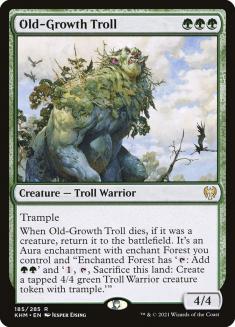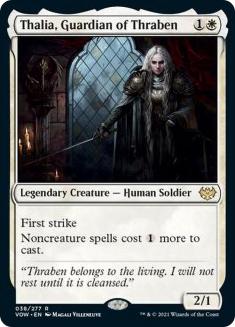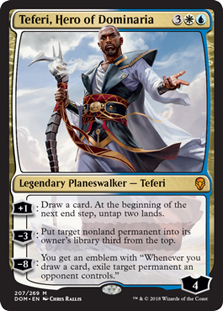After hearing the Regional Championship reports from Atlanta and Sofia and watching many of my friends qualify for the Pro Tour, I was keen to head into the trenches myself for the Face to Face Tour Weekend here in Toronto. An eventful weekend left me with a lot of thoughts about the tournament itself, as well as this new approach to Organized Play.
Great Expectations
This new system of Organized Play had to clear a high bar right away. This first round of Regional Championships would define expectations, not just for these events in the future but the system as a whole, and these expectations would determine players’ participation in it at the LGS level in future Regional Championship Qualifiers.
If you live in a large region, attending the Regional Championship might mean a long and expensive trip to the other end of your region to play a format that doesn’t spark joy for you. If the tournament itself isn’t appealing despite that, there isn’t a compelling reason to go – and, in that case, why bother going out of your way to attend a qualifier for it in a store you’ve never been to before?
The Preliminary/Regional Pro Tour Qualifier system from a few years ago is the closest comparison and a cautionary tale of sorts. There the Regional Pro Tour Qualifier (‘RPTQ’) was a vital step in that process, but it didn’t have the feel of an important tournament despite the Pro Tour slots on offer. Flopping at the RPTQ made you feel like both it and the PPTQ you had to win to get there were a waste of time – there was no ‘RPTQ experience’ to savour otherwise. Here, the Regional Championship needs to be a draw in its own right that channels the vibe of Nationals or a Grand Prix, and this first batch seems to have mostly succeeded in that goal.
An Event to Remember?
Some locations are more conducive to this than others. If you aren’t successful at DreamHack Atlanta, there are plenty of sights and sounds to distract you! The general feedback from that tournament was that being at a DreamHack event was fun, but you were almost made to feel embarrassed for trying to play Magic there.
DreamHack can clearly put on a good show, but that doesn’t mean the Magic tournament that you care about there will look the way it should. The miscalculation of how many rounds there should be and the hasty correction (that still didn’t fully fix the problem) during the player meeting are mistakes you wouldn’t expect from a trusted, experienced tournament organizer. The lack of those is part of the problem; most of the institutional memory from the pre-COVID Grand Prix days is gone, and as a community we have to learn some of those lessons again.
How much time is there to learn them? If a bad experience at this first RC discourages people from chasing the next one, it may not be easy to win those people back. If this system fails to gain traction, we may look back on this round of RCs as a vital missed opportunity.
The Proof Is in the Pro Tour
Ultimately, the most important event will be the Pro Tour itself. If it recaptures that old Pro Tour magic, it can survive some growing pains elsewhere. If it falls flat, even the most successful event at the lower rungs can’t fill that gap.
The verdict on one RC also doesn’t mean much for the others in its cycle. Giving this much authority and discretion to the regional organizers means that, for better or worse, two RCs in different regions may feel totally different. There isn’t the standardization of sorts that came with the Grand Prix system towards the end. My experience in Toronto was generally positive and made me wish I was going to Calgary despite having that Pro Tour invite secured already, but having two Regional Championships in one region is a welcome but strange quirk of our region that isn’t replicated elsewhere.
Incarnation Nation
This tournament was effectively a one-slot qualifier for the World Championships for me. With that in mind, I followed my heart over my head and registered Enigmatic Incarnation – still my favourite deck in a format with an impressively diverse range of strategies.
This list is mostly modeled on the one my friend Nick Schirillo used to book his Pro Tour seat at DreamHack Atlanta. When I first picked this deck up months ago, I noted that trying to balance all five colours made your manabase much worse for minimal gain, and I stand by that principle. Thanks to some recent additions, we can take that even further.
A Bitter Reunion
Bitter Reunion takes the place of Omen of the Sea as a two-drop enchantment that ties the room together. Omen offers more surgical card selection, while Reunion’s condition is easy to meet in a deck that is prone to drawing Incarnation silver bullets intended for other matchups and will often have a redundant enchantment lying around. Omen’s flash is relevant in a deck that has Leyline Binding and other ways to spend mana at instant speed (as well as leaning hard on reactive cards like Rending Volley post-sideboard), and being forced to cast a speculative Reunion at sorcery speed instead can be a serious downgrade.
Reunion being red seems like an afterthought in that debate, but it makes a big difference. You already run way more Mountains than you’d expect to in order to support Chained to the Rocks, so Reunion is in your ‘first’ colour rather than your fourth. This is even more important for the card in that slot because you need it to patch up a shaky draw; if you can’t cast your Omen, it can’t be your bridge to the cards that really matter.
Without Omen, the only real blue commitment in the maindeck is Incarnation itself, but this is just a single pip that you need by Turn 4, where Fires of Invention or Treasure tokens from Fable of the Mirror-Breaker can bail you out anyway. This lets you effectively become a Naya deck with some strange splashes, a big improvement over the kaleidoscopic disaster of a manabase in the full five-colour version.
The haste ability is no joke either, especially with Reflection of Kiki-Jiki, a card that usually dies on sight because of how threatening it will be if you get to activate it. In one match against Mono-Green Devotion this weekend, I was able to use Reunion to give a newly transformed Reflection haste to copy my Archon of Emeria to keep that effect on the battlefield through a Cityscape Leveler to stop my opponent comboing off, which let me untap and follow up with this sequence:
The Leylines That Bind
The other challenge for the manabase is supporting Leyline Binding, a powerful and universal removal spell in a format lacking those, and even a combo piece of sorts with Enigmatic Incarnation, letting you cheat out a seven-drop like Agent of Treachery or Titan of Industry as early as Turn 4. Nylea’s Presence gives you full domain by itself, but you won’t have it all the time, especially in an 80-card deck, and you want a mix of Triomes and shocklands that gives you a good discount on Binding without messing up your mana otherwise.
This is impossible to optimize (that one Savai Triome is more art than science), but that’s one of this deck’s charms for me. In a format where each of the top decks has only three or four slots you can really customize – and in Mono-Green Devotion, even your sideboard is spoken for – it’s refreshing to find a deck that is incredibly fun as a concept but also presents endless possibilities with both its lands and its spells.
A Metagame Prediction Miss
I lost my win-and-in for Top 8, which was a much better outcome than I expected with this passion project. I think the deck is a legitimate and even strong choice if you’re willing to gamble on certain assumptions. My gamble paid off for the wrong reasons, which may offer a useful lesson in metagaming.
I expected this tournament to be a sea of Steam Vents as far as the eye could see. Toronto loves its Izzet decks! Izzet Murktide in Modern and Izzet Delver in Legacy are often the most-played decks in their respective formats, but even they feel disproportionately popular around these parts. Izzet Phoenix was everywhere when it was the best deck, and stuck around even when the format had passed it by. Now that Phoenix was once again a top deck, I expected it to be the most popular deck in this tournament by a decent margin.
In the end, Rakdos Midrange dwarfed every other deck’s representation in that room. This wouldn’t have been a surprise months ago, when the narrative was more focused on Rakdos and Mono-Green Devotion, and it shouldn’t have been a surprise now, given that Toronto’s other weakness is for black midrange decks. Many players qualified with Rakdos Midrange during its heyday and were keen to run it back.
At the other end of the spectrum, many of the best players who would be happy jumping to the perceived best choice landed on Rakdos in part because of its strong Phoenix matchup. I even briefly flirted with playing Rakdos myself for the same reason! I knew on some level that Rakdos would and should be popular, but didn’t follow through on my assumptions properly.
Luckily, Incarnation’s main selling point is that it is solid against Phoenix and perhaps the best mainstream deck against Rakdos. I made a smart choice, but my reasoning behind it was flawed.
The tradeoff is that your bad matchups are just as polarized. Mono-Green Devotion isn’t such a bad matchup; however, like most decks, Incarnation struggles to beat it on the draw. Mono-White Humans is terrifying, and I expected a lot of that, given its fine matchup spread and win at DreamHack Atlanta. Control is virtually impossible. If your opponent leads on Irrigated Farmland, you may as well concede and grab lunch instead.
The Lotus Field Factor
The real question mark in my mind was Lotus Field. It was the best-performing deck the previous weekend, and its supposed nightmare matchup in Mono-Green Devotion was trending downwards. If you correctly predicted a rise in Rakdos and Phoenix, Lotus Field was an excellent choice to prey on those decks as well as others trying to exploit that same dynamic.
Would people notice its performance and respect it enough to play the narrow but effective sideboard hate like Alpine Moon or Damping Sphere? The Rakdos Midrange matchup isn’t as free as advertised anyway, but it becomes actively difficult if they have proper hate backing up their discard and pressure. You have to put more work in to flip the matchup with Phoenix, but it’s clear how you would do that.
In the end, Lotus Field somehow had an even better weekend in part because people didn’t see the threat coming or take it seriously. It was a small portion of the field – as a pure combo deck with a steep learning curve, it is capped in how popular it will ever be – but those who took that risk were handsomely rewarded. At the end of Day 1 in Toronto, the deck had a win rate north of 60%. After Day 2, it had receded to ‘just’ an impressive 54%.
While discussing the expected metagame with Eduardo Sajgalik, I said that Lotus wouldn’t be popular – when has it ever been, outside of the one Pro Tour equivalent where people knew it was broken? – and that people would contain the threat with their sideboard cards. He was confident that it would be both popular and successful. In the end, we each got half of that equation right but couldn’t solve it completely.
Heading into Canada’s second Regional Championship of this cycle in Calgary, the Lotus Field conundrum and many others remain open. A format that seemed stagnant has continued to show a refreshing amount of churn, and I wish I was heading to Alberta myself to battle again.

